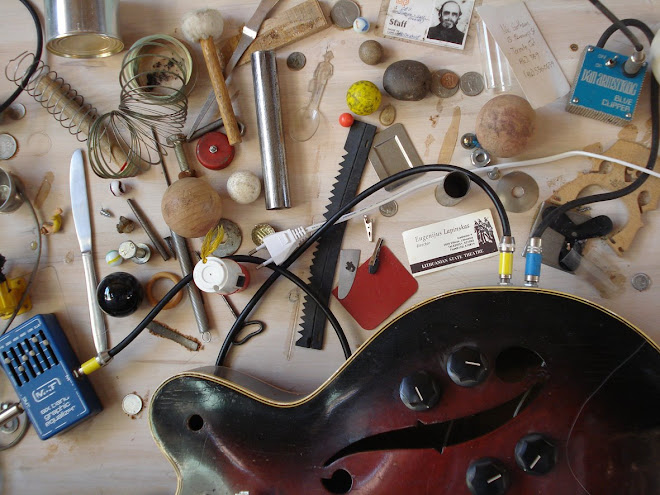
Unlike a conventional speaker, which is in essence a highly-controlled piston-like structure, the flat panel speaker goes back to first principles in sound reproduction. Those simple experiments with a tuning fork at school, tell us that the tuning fork itself, when struck, can hardly be heard. Yet rest the fork on a surface e.g. desk, filing cabinet, etc, and the surface comes alive and reproduces a tone essentially at the frequency set by the tuning fork. The loudness of the sound will depend on how stiff and heavy the surface is. These surfaces are creating sound, not by being a highly controlled piston, but by vibrations that are occurring across the entire surface.

Amina has taken this one stage further in order to achieve an unobvious or invisible source. Using the skills and techniques developed over the last six years from the commercial installation market, Amina has created a true in-wall speaker which is skimmed over with plaster. Both the composite panel structure and the thin layer of plaster and paint or wallpaper on its surface, become the vibrational soundboard. In fact in a stud wall, or a ceiling, the vibrations spread out beyond the boundary of the panel into the surrounding plasterboard. Just like the acoustic musical instrument (e.g. the sides of the piano), these vibrations are not as active as the main panel area, but they still make a valuable contribution in generating sound energy in the room, thus making an even more consistent sound field in the space. And just like the piano in the concert hall, such a surface can fill a very large space.



No comments:
Post a Comment